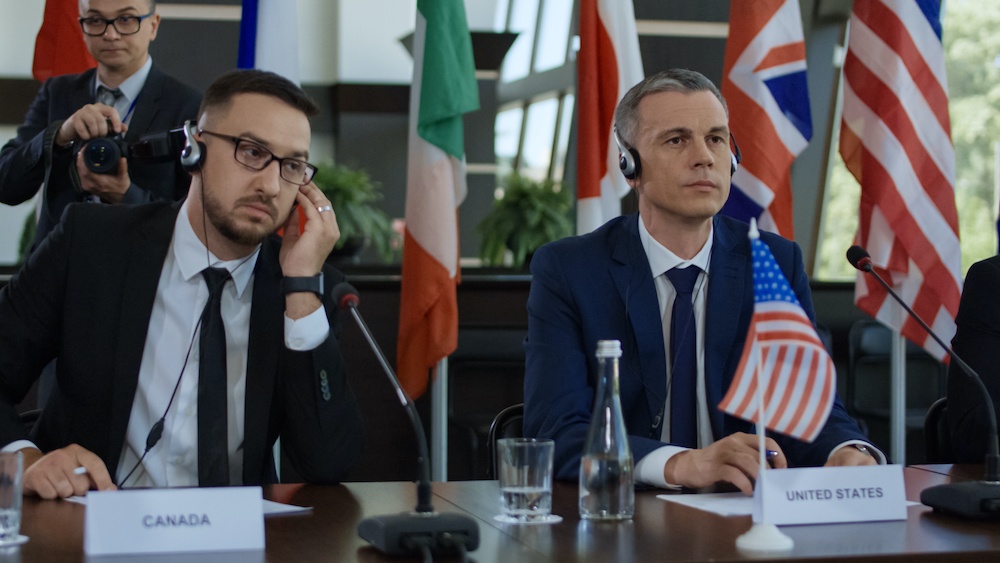Simultaneous vs. Consecutive Interpreting: What’s the difference?
20th October 2020
Interpreters play an important role in global markets, helping businesses to communicate, expand and trade overseas. There are two primary methods to interpretation: simultaneous and consecutive interpretation. Both are used to bridge language and cultural barriers and enable smooth communication, but in slightly different settings. It’s important to understand their differences so you can identify which is best for your business needs.
What is the main difference between simultaneous and consecutive interpretation?
Simultaneous interpreters deliver real time interpretation by listening to what the speaker is saying while concomitantly saying it in another language. Simultaneous interpreters work in pairs so that individual interpreters can take breaks every 20-30 minutes.
A consecutive interpreter interprets speech after the speaker has either paused or finished speaking. Consecutive interpreters usually work alone.

Simultaneous interpretation
It takes couple of years for a professional linguist to become a simultaneous interpreter. They need to learn to listen to the speaker and interpret with just a few seconds delay. As easy as it sounds, it’s quite a difficult task to graft. Simultaneous interpreters typically interpret in one direction only. They usually listen in their second language and translate into their native language.
The advantage of simultaneous interpretation is the time saved during the process. With ideas and messages translated instantly, this type of interpretation allows for a greater accuracy to be achieved. It’s common for many interpreters to work at once, interpreting in their own language and allowing delegates to choose their preferred language on their headsets. This type of interpretation is good for large, live events.
But this type of interpretation comes at a higher cost, mainly because at least two interpreters will be needed for each language. Simultaneous interpreting is believed to be one of the most exhausting things you can do with the human brain, hence each simultaneous interpreter can only work in 20-30 periods at the time, due to the level of concentration required to deliver the job.
The difficulty is that the sound of your own voice weakens your ability to hear what the other person is saying. We normally take turns in conversation, and only speak over someone else when we really do not want to hear what they have to say. A simultaneous interpreter must learn to overrule the natural tendency not to listen when talking, and not to talk when listening.
Consequently, you will have to hire multiple interpreters so they can alternate.
Another disadvantage is the equipment this form of interpretation requires can be expensive. Simultaneous interpretation involves hiring headsets for delegates, microphones and sound-proof booths.
Consecutive interpretation
Consecutive interpreters listen to what the speaker is saying and convey the message into another language after the speaker has paused, giving them time to deliver the message. This has its benefits, predominantly as it gives interpreters more time to accurately and fluently communicate the speaker’s message.
As with any form of interpretation it requires not only a superb linguistic knowledge, but also a great memory as the interpreter needs to listen to the entire message before conveying it into another language. The interpreter has to deliver the message twice, firstly in the source language, then in that of the target audience, meaning the events will take twice as long. This is why consecutive interpreting is good for a smaller gathering or one to one meeting. Another important fact is that consecutive interpreting only allows for one language to be translated at a time.
To summarise, the form of interpretation that you require will depend on the type of event you are holding. If it’s a small business meeting, court interpreting or a property tour which allows for pauses in the conversation, then consecutive interpreting is what you need. On the contrary, for bigger events such as conferences you will need simultaneous interpreters to translate quickly and efficiently.
Foreign Tongues can deliver interpretation services on short notice To find out the cost, please complete our form here.
